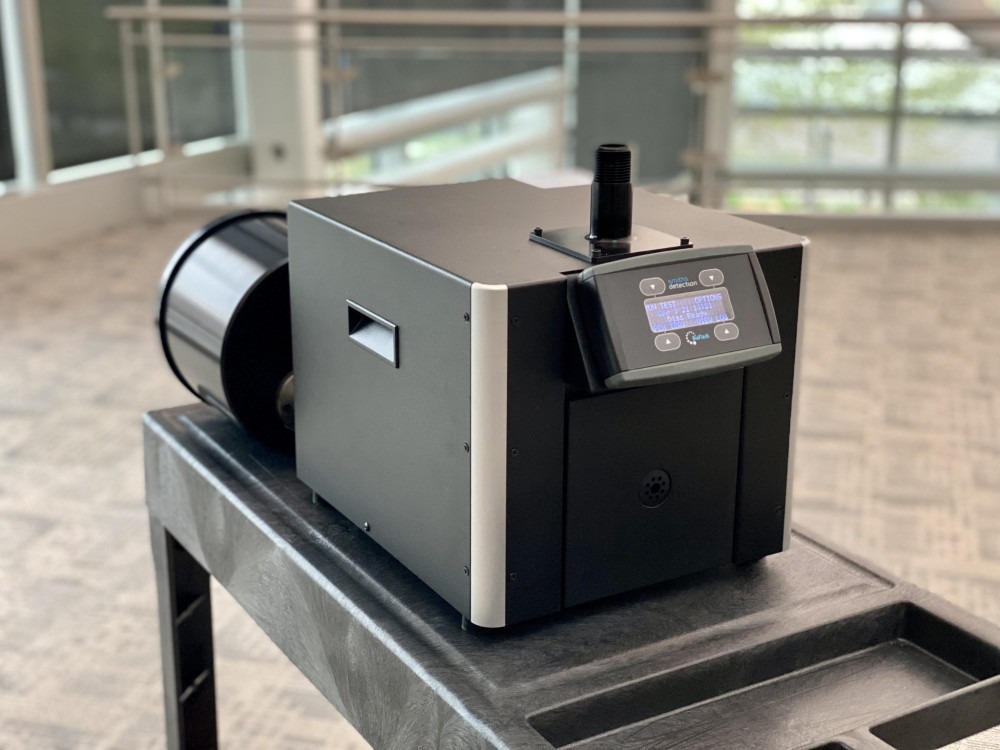
The University of Maryland, Baltimore County (UMBC) has utilized the BioFlash Biological Identifier created by Smiths Detection to successfully identify airborne traces of SARS-CoV-2 inside its campus in real-time.
BioFlash is a device that collects and analyses air samples, rapidly sifting through them to identify the presence of any dangerous pathogens on site. While it has demonstrated positive results during internal testing, it’s currently being utilized in external studies to determine its ability to detect SARS-CoV-2 — the cause of COVID-19.
UMBC presented one such real-world test.
“BioFlash, with its real-time results capability, has been used by UMBC in a real-world setting to successfully confirm the presence or absence of COVID-19 in the air and inform health and safety protocols,” Roland Carter, Smiths Detection president, said. “We have been working incredibly hard to provide a tool that will support the ongoing fight against COVID-19, and these applications demonstrate the role BioFlash can play in virus mitigation strategies.”
BioFlash was deployed across the campus to help staff mitigate the spread of COVID-19. It proved effective enough to determine a research facility was free of airborne SARS-CoV-2 and thus contamination after a worker tested positive. It also made a positive environmental detection in the UMBC Sports Medicine Department, leading to tests of all those presents and the eventual identification of three infected people.
“The BioFlash system has helped us to prevent the spread of the virus in our on-campus community. We are also pleased that this tool to protect the health and safety of people on our campus is easy to use and environmentally friendly,” Lynne Schaefer, UMBC vice president for administration and finance, said. “We will be using this solution as part of a larger mitigation strategy, alongside other important tools like sanitation, masks, regular testing, physical distancing, and symptom monitoring.”




